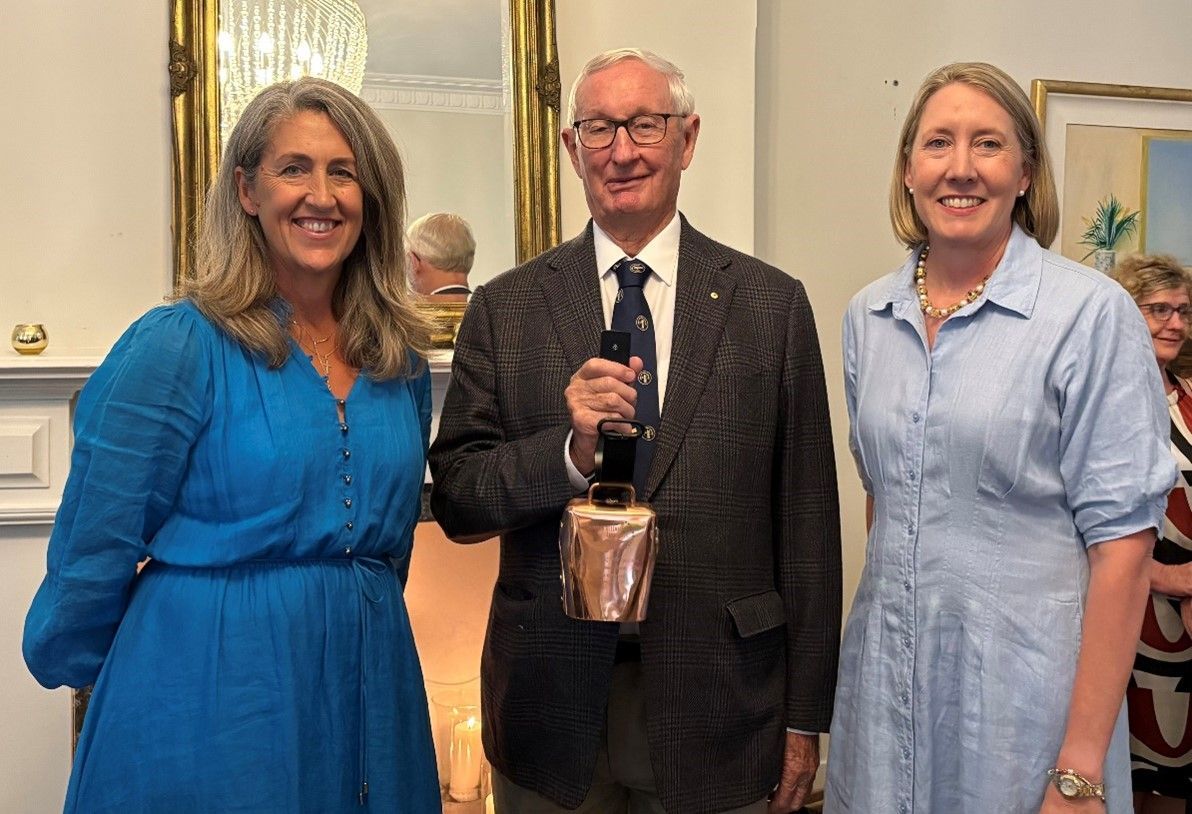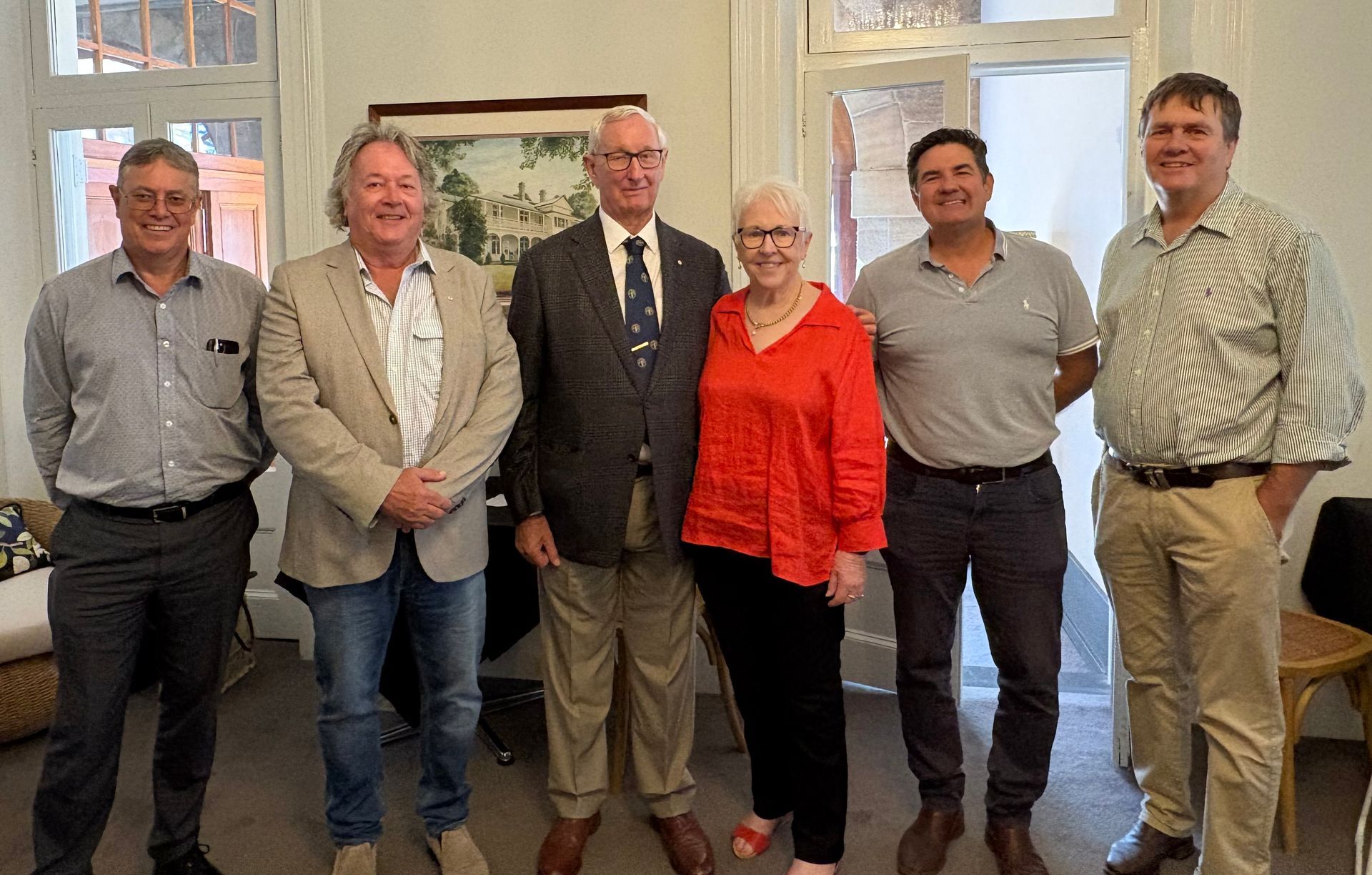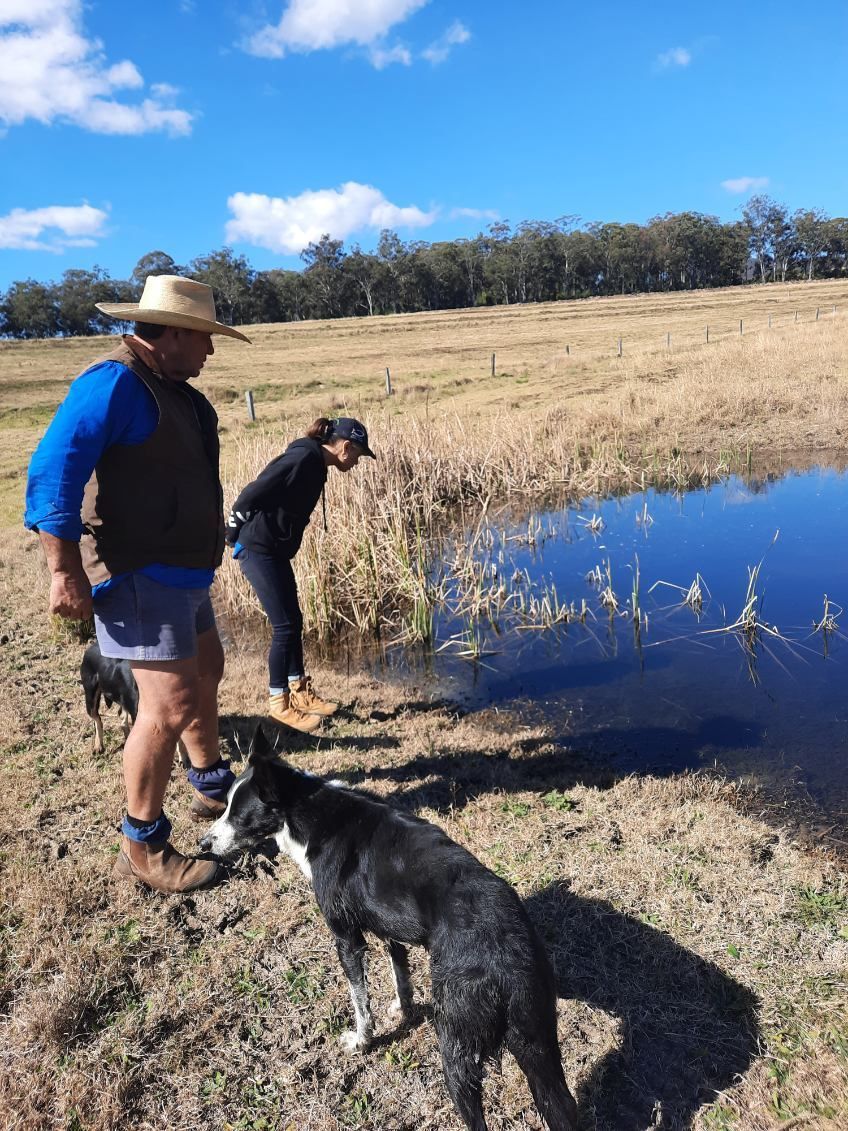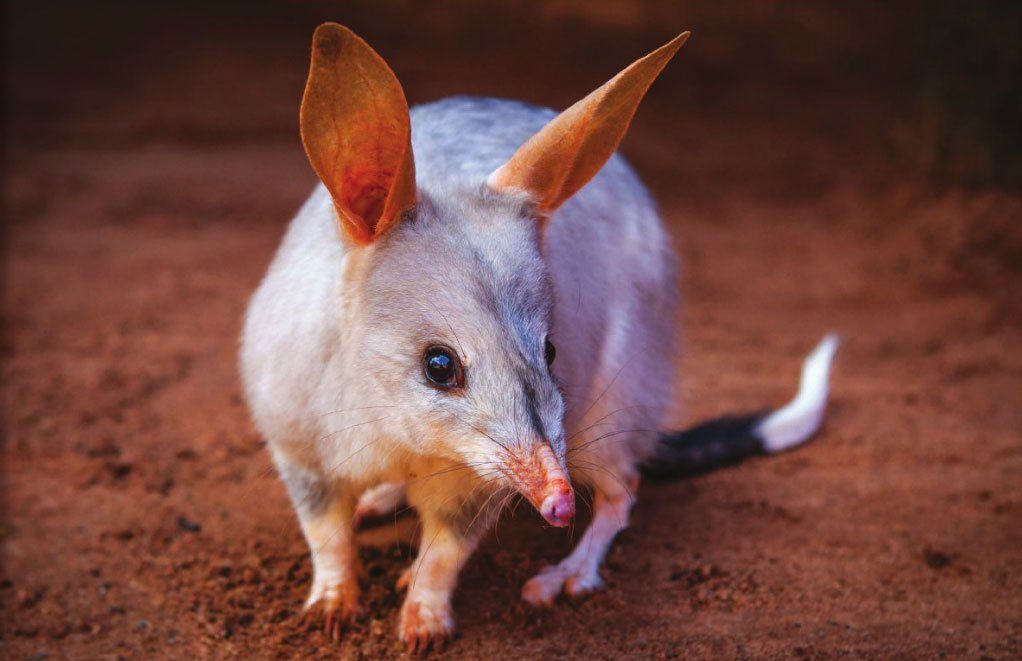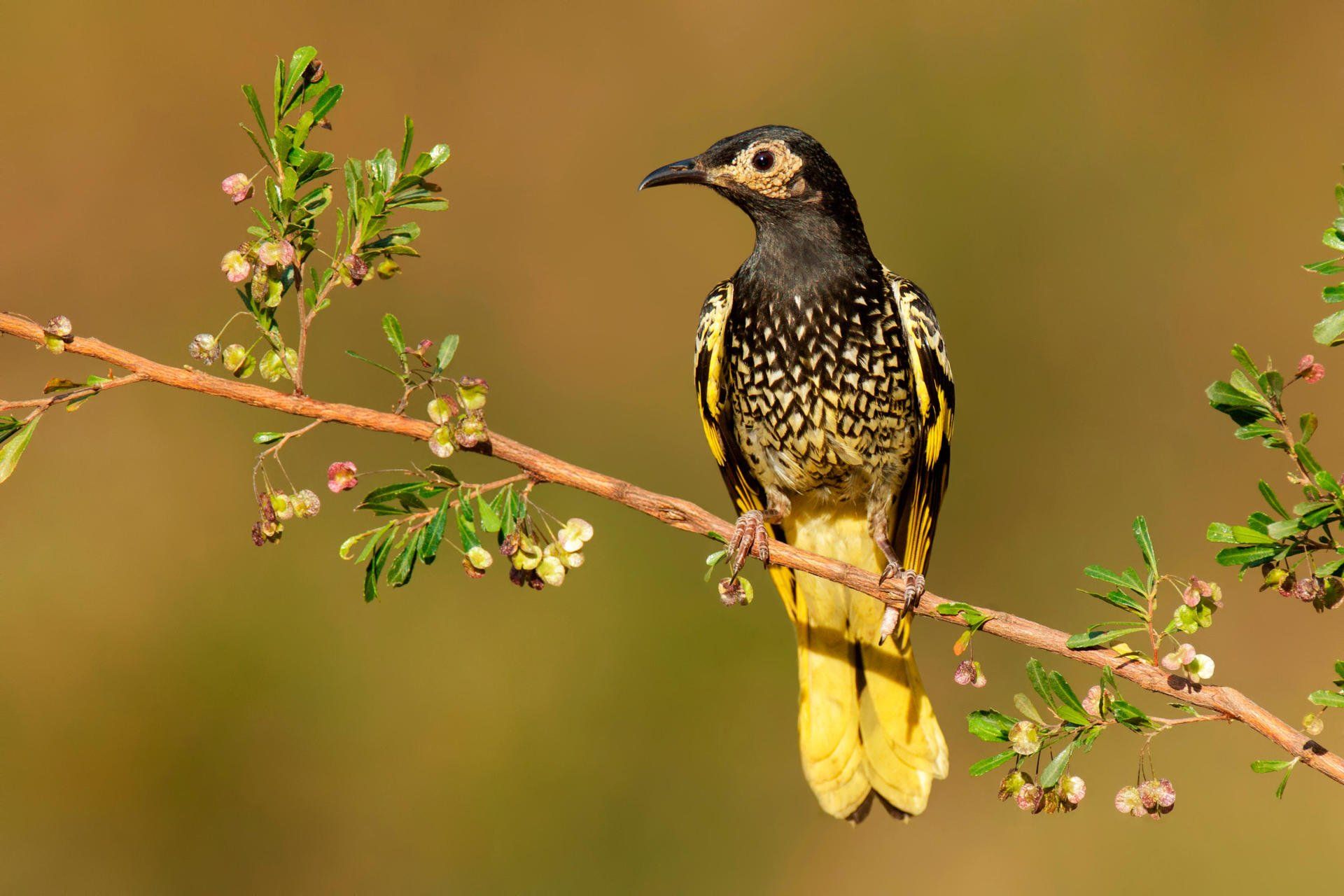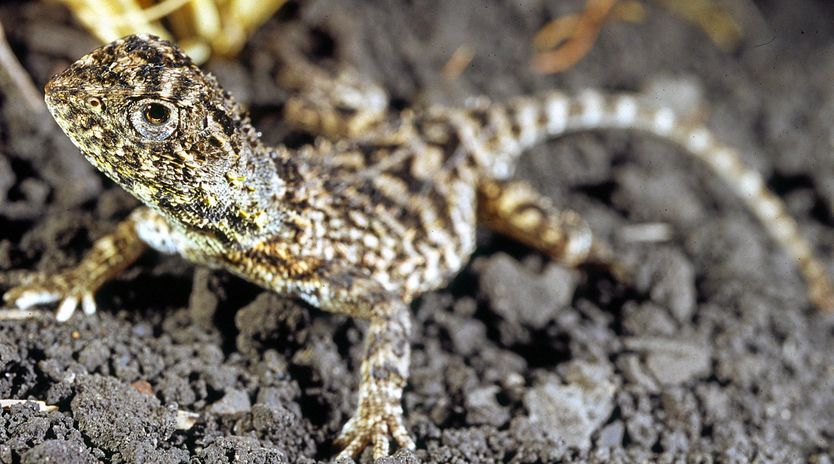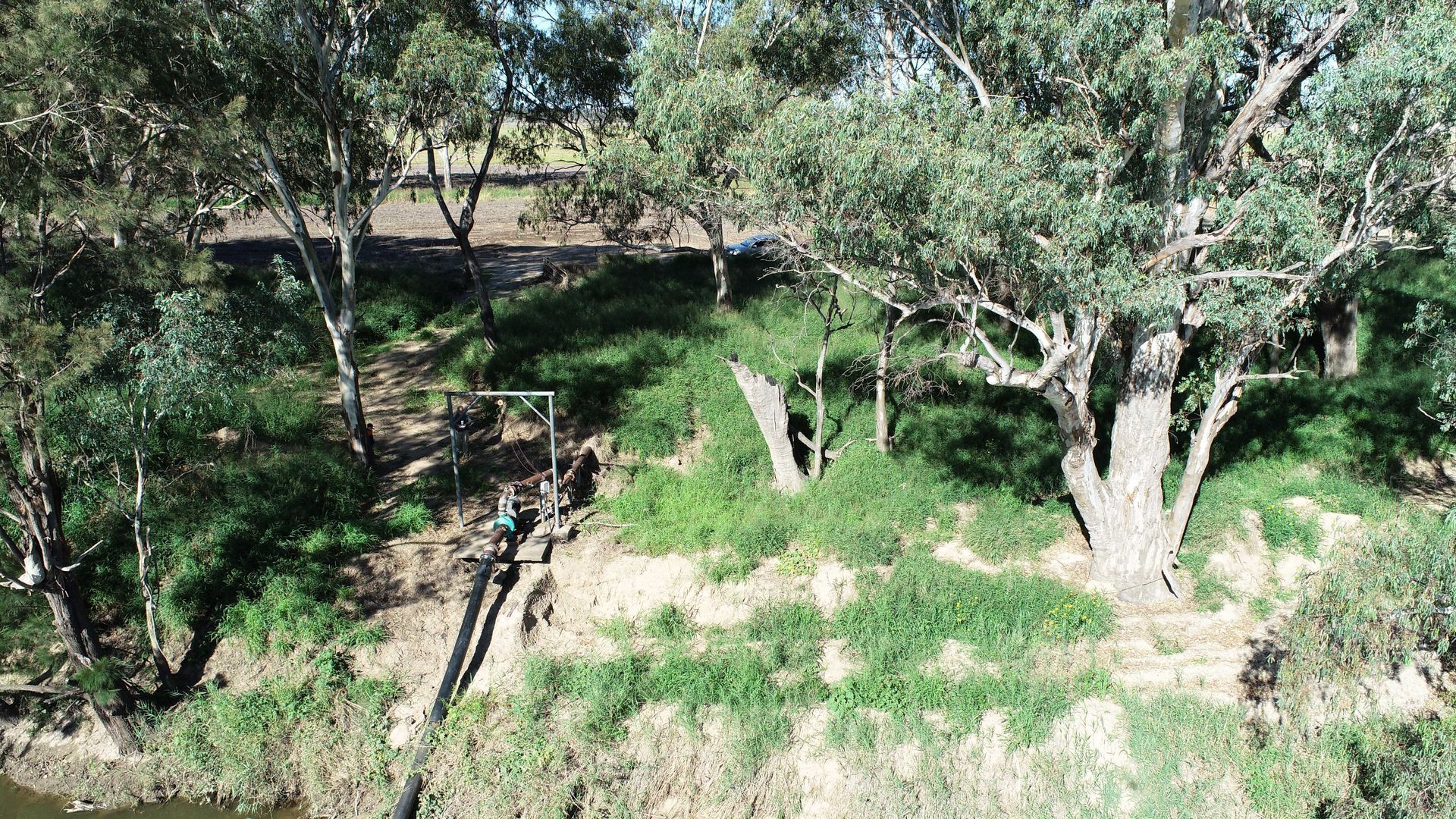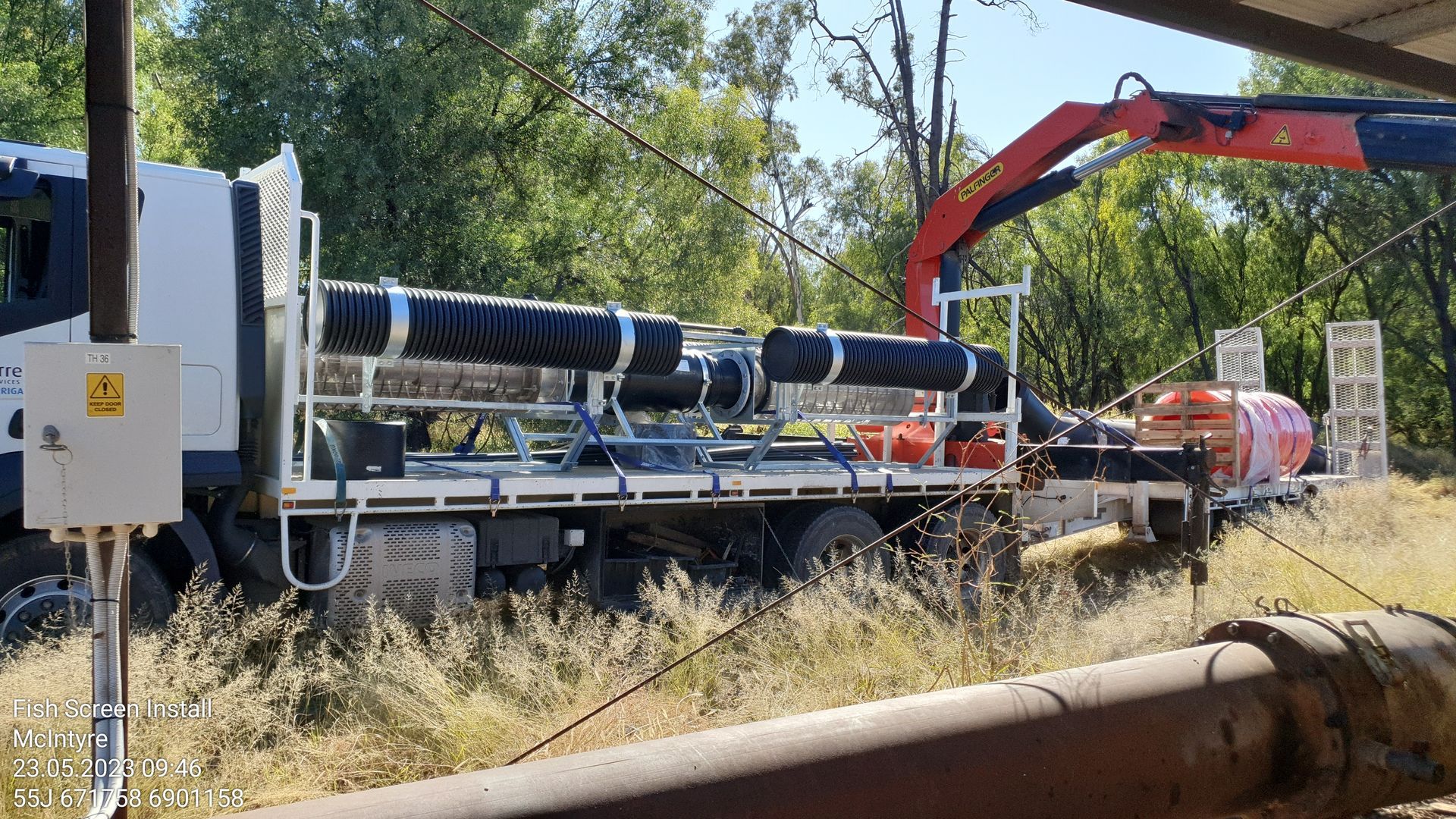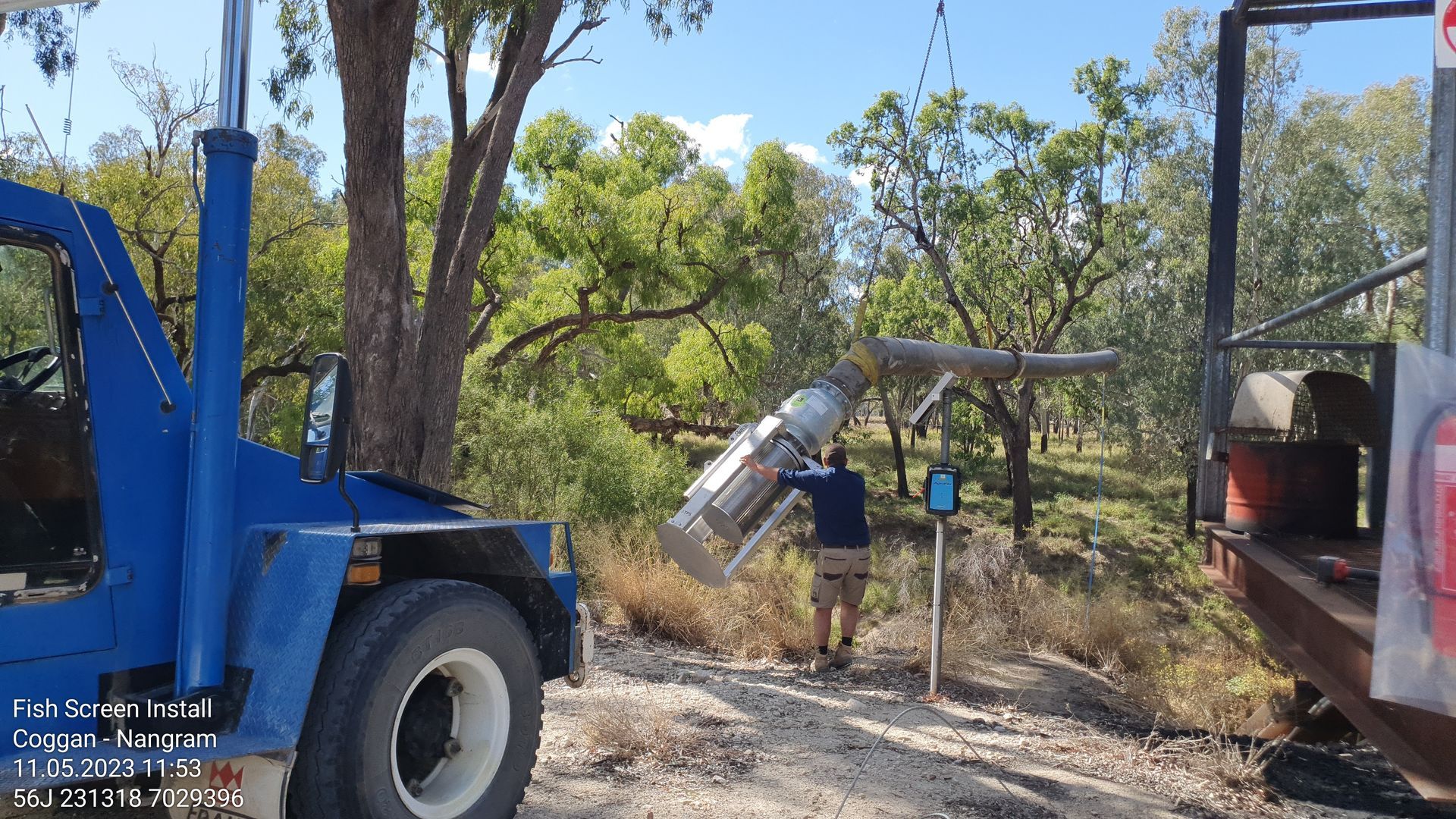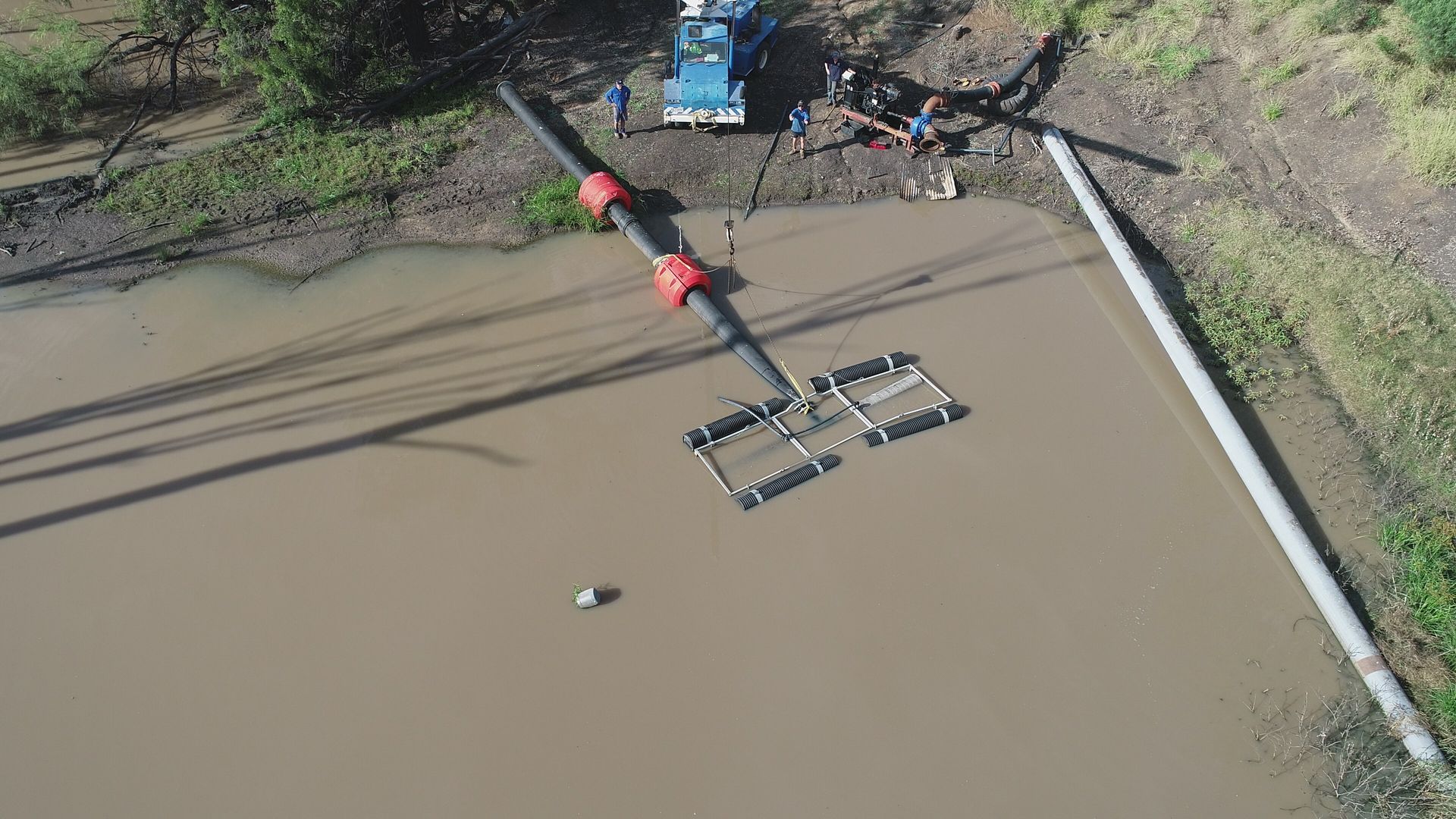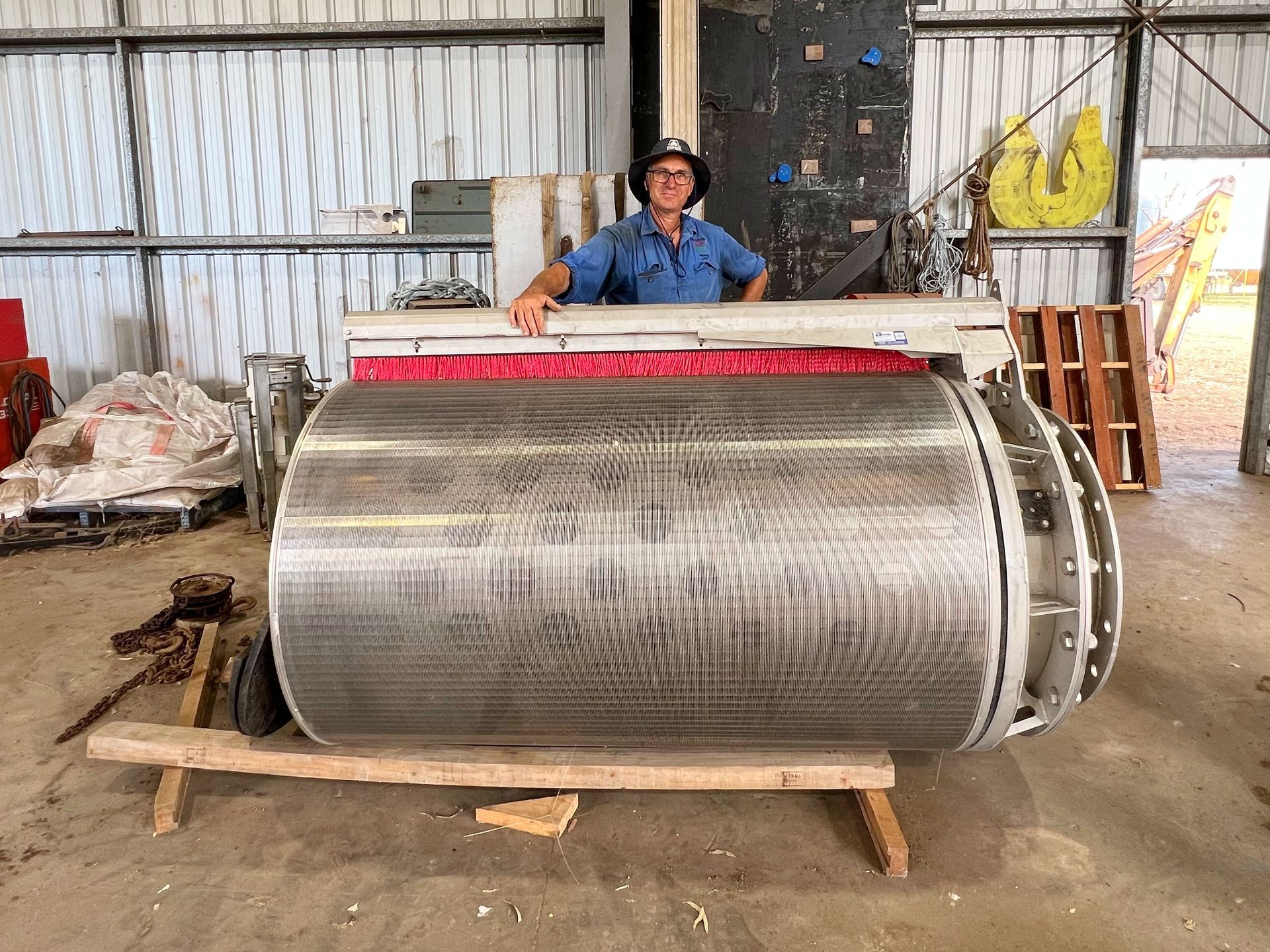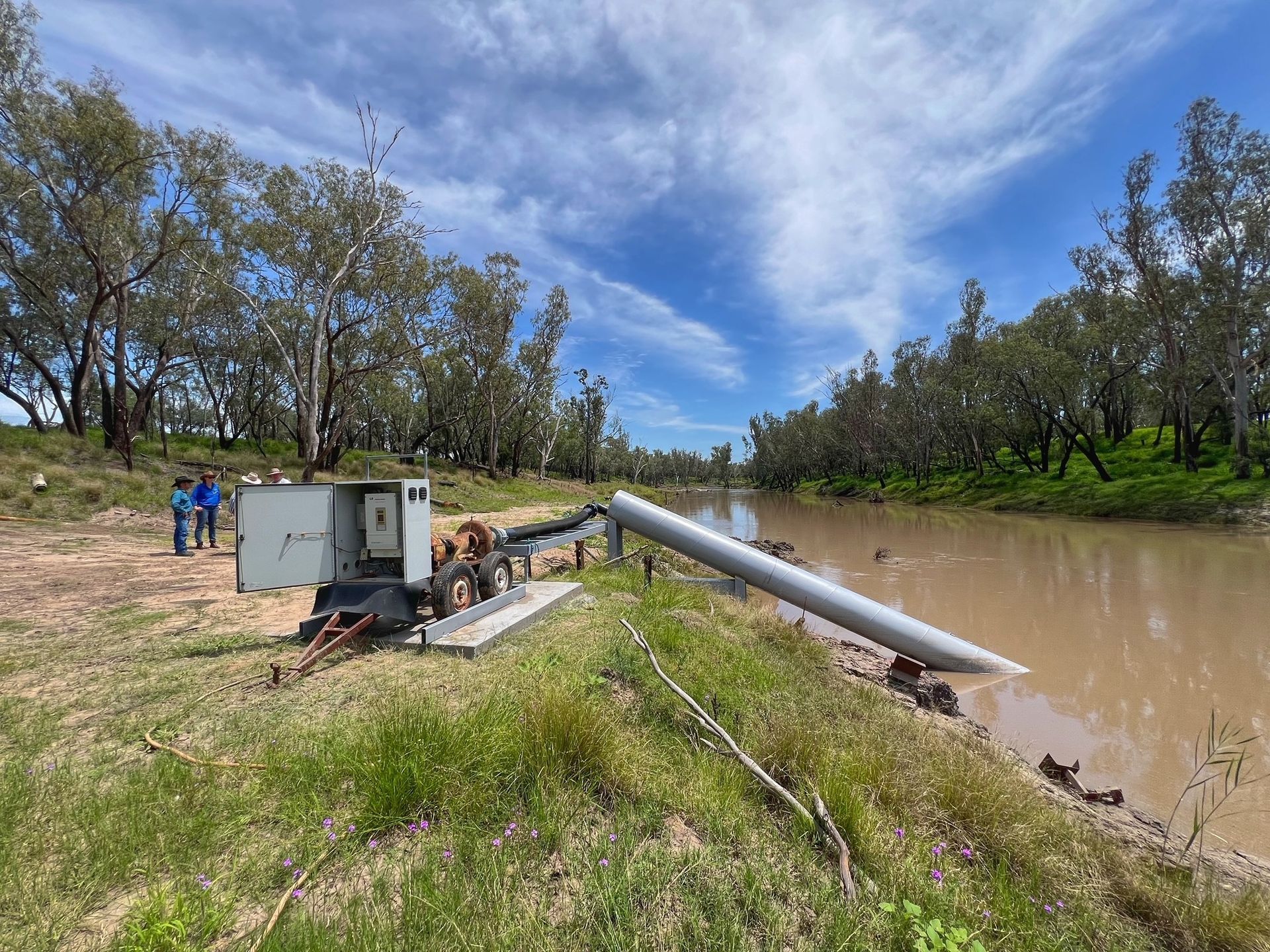GET OUT AND ABOUT
With all that’s going on with COVID-19, now is the ideal time to be exploring the national parks in your area that have been on your list forever and not got around to seeing yet.
Top of that list should be to visit Currawinya National Park, located in Hungerford Queensland. It’s a freak of nature in the best way, a wetland in the middle of the arid south west. It has one freshwater and one saltwater lake forming part of the Currawinya Ramsar Wetlands where shorebirds migrate to nest every year in vast numbers. We are proud to be involved in protecting Currawinya through our Environment Project under the National Landcare Program.
Also worth noting is that Currawinya is famously a key habitat for the national treasure that is the bilby.
Image: Save the Bilby Fund
Spotlight on the Bilby
Now endangered, bilbies are a key species affected by Australia's mammalian extinction crisis. There are only around 700 of these guys left, a huge decrease when you consider they used to inhabit 70% of Australia's landmass.
Feral predation and habitat loss are the culprits behind the decline of this Aussie icon, a common scenario for many threatened species.
Despite this, there's been some exciting progress for bilby recovery in the last few years. At Currawinya National Park, bilbies now live in a cat-free enclosure thanks to Queensland Parks and Wildlife Service and Save the Bilby Fund. The protected population are fenced off to ensure the individuals have a chance to live and successfully breed, which they have managed well since the first release in April 2019.
Outside the fence, ongoing feral animal control programs also assist in protecting bilbies into the future. Programs such as these are coordinated by Queensland Parks and Wildlife Service, Save the Bilby Fund and us - SQ Landscapes.
INCREASE YOUR KNOWLEDGE
Threatened species don’t just live in national parks though. Sadly, this means the environments where they live often don’t have the same protections. The Brigalow Belt is one such environment.
With its vast, open forests and woodlands, the Brigalow Belt is home to many rare and threatened flora and fauna species. This is another key site for our project work with the National Landcare Program, where we are working to preserve brigalow remnants that date back to prehistoric times for threatened animals like the regent honey eater.
Spotlight on the regent honey eater
The regent honeyeater is a striking bird to behold, with flashes of black and yellow delighting twitchers and unsuspecting bushwalkers in Australia's south east alike. Sadly, spotting these stunning birds has become more difficult than ever, having been described as "one step from extinction".
Because of their critically endangered status, regent honeyeaters are one of 20 birds that the Australian Government has prioritised resource allocation to support the species recovery effort.
The Regent Honeyeater is found in eucalypt forests and woodlands, particularly in blossoming trees and mistletoe, but widespread clearance of their habitat has seen their numbers decline and their range shrink, while encouraging more aggressive species of honeyeaters, such as noisy miners, to thrive.
These feathered gems are a 'poster bird' for threatened species, and are strongly associated with their remaining home on the western slopes of the Great Dividing Range, where our work is taking place.
Image: Australian Geographic
Although it seems obvious, where habitats become rare and endangered, so do their residents. One such habitat is the grasslands of the Darling Downs and one such resident is the grassland earless dragon.
Once one of the most common vegetation types across our region, the grasslands are now approximately one percent of their former area due to overgrazing, weed infestation and feral animals. For the flora and fauna that live in these treeless grasslands, the reduction in habitat size has been devastating.
Spotlight on the grassland earless dragon
Given the status of their home, it’s unsurprising that these tiny ground-dwelling dragon lizards were upgraded from threatened to endangered earlier this year.
Although their name suggests they are earless, they do have ears, but they lack an external ear opening and their ear drums are covered by scaly skin. Found in the cracking black soils and grass tussocks of the Darling Downs, organisations like ours are working hard across priority areas in the region to assist land managers with maintaining the grassland remnant habitats of this species, with an investment from the National Landcare Program.
If you’re not familiar with these habitats or want to learn more about the plants and animals which exist in these environments, it’s important that you do your research and boost your knowledge through the channels available to you.
If you decide to visit a national park, visit their website before you go so you know what animals to look out for, as well as visitor guidelines re: hours, accommodation, safety and conduct. Official social media channels are great places to get up-to-date information on when certain animals have been spotted, what new studies are being conducted, and ways to be involved in helping our threatened species.
Image: Robert Ashdown
...and finally
BAKE!
The Threatened Species Bake Off is an invitation to Australians to bake a dessert in the shape of a threatened species to commemorate Threatened Species Day.
Hosted by the Threatened Species Commissioner, this is the perfect event to put your quarantine baking skills to good use. Butterfly cakes decorated like real butterflies? Honey jumbles in the shape of honey eaters? Let your imagination run wild.
The focus for 2020 is ‘What’s in your backyard?’, highlighting the fact that nearly one third of Australia’s threatened species are found in urban areas.
You can take part by uploading an image of your baked goods to Facebook, Twitter, or Instagram by using the hashtag #TSBakeOff and tag the Threatened Species Commissioner, alternatively send an image of your baked goods or a link to your iNaturalist records to tsbakeoff@environment.gov.au.

